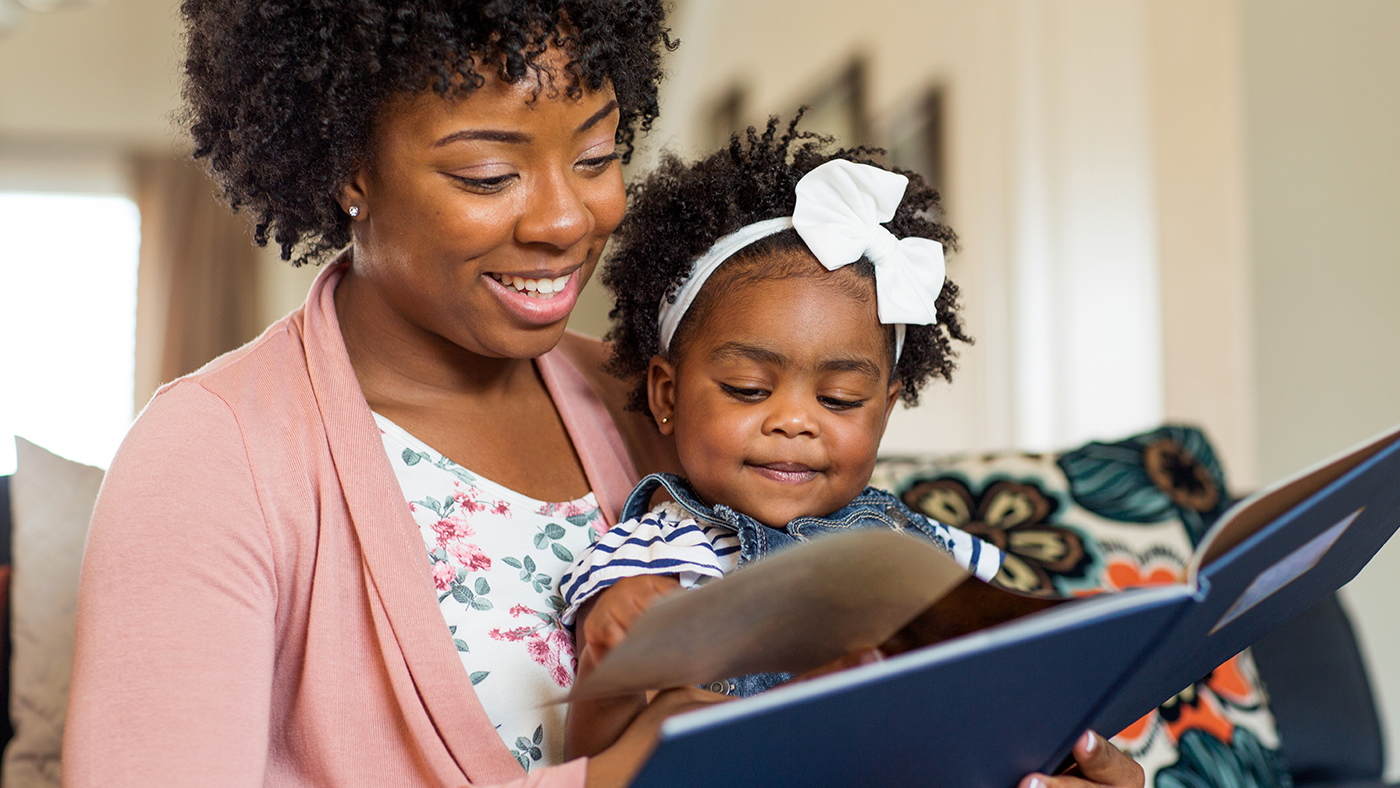Turns pages in a book with appropriate force so can now usually turn paper pages without tearing them

Your child has probably been interested in looking at books for a while and might have been turning pages. Now their proprioception is developing, and this means that as well as having more awareness of their body they are also more able to control the force they use for different tasks. You might notice that they turn pages more smoothly and can turn paper pages without tearing them.
Turning pages in a book is not as simple as it looks!
Turning a page in a book or magazine is not something we think about unless we come across a couple of pages that are stuck together or you are looking at a particularly delicate or precious book. However, turning a page smoothly and without damaging a book brings together several skills:
- Fine motor skills- as your child uses an appropriate grip to hold and turn the page.
- Gross motor movements-your child will move their arm to turn the page and turning a page in a book involves crossing the midline, so your child moving their arm across the centre of their body.
- Coordination- your child will use each hand differently when turning the page of a book. They will use one hand as a ‘helping hand’ to hold the book still as they use their other hand to turn the page.
- Proprioception- your child needs to control the force they use when turning a page to do this smoothly and without tearing the page, so they need awareness and control of their body.
Proprioception and force
At My First Five Years, we use quite a broad definition of proprioception, so when we think about the development of proprioception, we consider this in terms of developing awareness of position, movement, force and effort. [1] We have proprioceptors in our joints, muscles and tendons and signals from these receptors are processed at different levels, sometimes resulting in a reflex response to protect the muscles or joints.
Information from proprioceptors is often processed subconsciously, for example, when adjusting our position to maintain balance, or when changing the force used for a particular task. When children are first developing their skills, they might need to be more aware of their movements and consciously respond to information from their proprioceptors and what they can see and feel. [1]
As your child has more experience moving themselves and handling objects, they will become more able to control the force they use for different tasks. If your child tends to use too much force or not enough when completing a task, for example, if they often rip a page when turning it or tickle someone too roughly, think about some opportunities for them to push and pull. You could give them opportunities to climb, carry heavy objects, or push and pull toys. You could also help them by helping them to think about their movements. For example, you could comment as they turn a page, “You are holding the page, the paper is quite thin I think you need to turn it gently.” Your comments might help them to be aware of their movements, which might support them to control the force they use.
What next?
Your child will gradually develop more control of their movements and be able to adjust the force they use according to the task they are completing. As their physical and cognitive skills develop, they will be able to plan their movements and adjust force smoothly to achieve their goal, for example, when throwing a ball, handling a fragile object or during rough and tumble play.
References
Chu, V.W.T. (2016). Assessing proprioception in children: A review. Journal of Motor Behavior, 49:4, 458-466.